Blair Humphreys discusses his dreams with the budding Wheeler District
Oklahomans pioneer.
It’s kind of their thing.
With a checkered past of claiming land that wasn’t necessarily theirs, to championing an industry that became the juggernaut of the state’s economy, to throwing their full weight into a downtown, a team, a local business, Oklahomans make it through by taking chances.
Sometimes it’s to the detriment of others, sometimes it’s for a cause no one understands and sometimes it’s driven by a vision bigger than its beginning.
With the last reason in mind, enter Blair Humphreys, stage right.
Developing Pioneer
Humphreys works for Humphreys Company and manages the burgeoning Wheeler District, a mix-use urban development on the banks of the Oklahoma River. He comes from a family of developers—Jack Humphreys, Blair’s grandfather, began developing Oklahoma City real estate in 1967; Kirk Humphreys, Blair’s father, was not only the mayor of Oklahoma City from 1998 to 2003, but he also worked to expand income-producing real estate in the southern quadrant of the United States; Grant Humphreys, Blair’s brother, developed Carlton Landing, a town/resort on Lake Eufaula. With a Master in City Planning and Urban Design degree from the Massachusetts Institute of Technology as well as a BBA in Entrepreneurship from the University of Oklahoma, Humphreys’ background and family would suggest his path is set.
But pioneers are anything but typical, and Humphrey’s Wheeler District is in a category all its own.
“Downtown air park is almost a 90 acre spot,” said Humphreys. “There’s just not that many opportunities of that scale. You have the opportunity to go in and work with urban planners and some of the best engineers and designers in the world while engaging the community in the conversation. You have really a blank slate opportunity.”
Wheeler’s origin as part of the downtown air park provides ample space for its various uses. Since 2006, Wheeler has grown in size and vision. Now 150 acres, Wheeler is designed to include the best in urban amenities and urban lifestyle. Additionally, the district will include newly constructed homes for a myriad of demographics and is a mere mile and a half from downtown Oklahoma City. It’s that proximity to downtown that will help the district ride out the storm of a shaky oil and gas industry.
“Low commodity prices don’t help anyone in Oklahoma,” said Humphreys, referencing Oklahoma’s recent oil and gas downturn. “We’re certainly hoping and expecting commodity prices to bounce back. [With Wheeler] you have to look at it as if we’re in a long term project. We can’t let momentary changes in what’s a volatile industry impact the trajectory of the project.”
In reference to Wheeler’s resilience, Humphreys added, “I think it’s mitigated, too, by the proximity to downtown. There’s no doubt that you feel it still in the city center, but I think there’s enough demand that, even in lean times for our overall economy, we’re still seeing a lot of momentum and a lot of progress.”
That progress can be seen in Oklahoma City’s recent renaissance—despite its dependence on oil and gas, local businesses keep coming and entrepreneurs continue staking their claims. In a 2015 article entitled “25 Cities Worth Moving to If You Want to Launch a Business,” Entrepreneur.com awarded Oklahoma City with the number one spot.
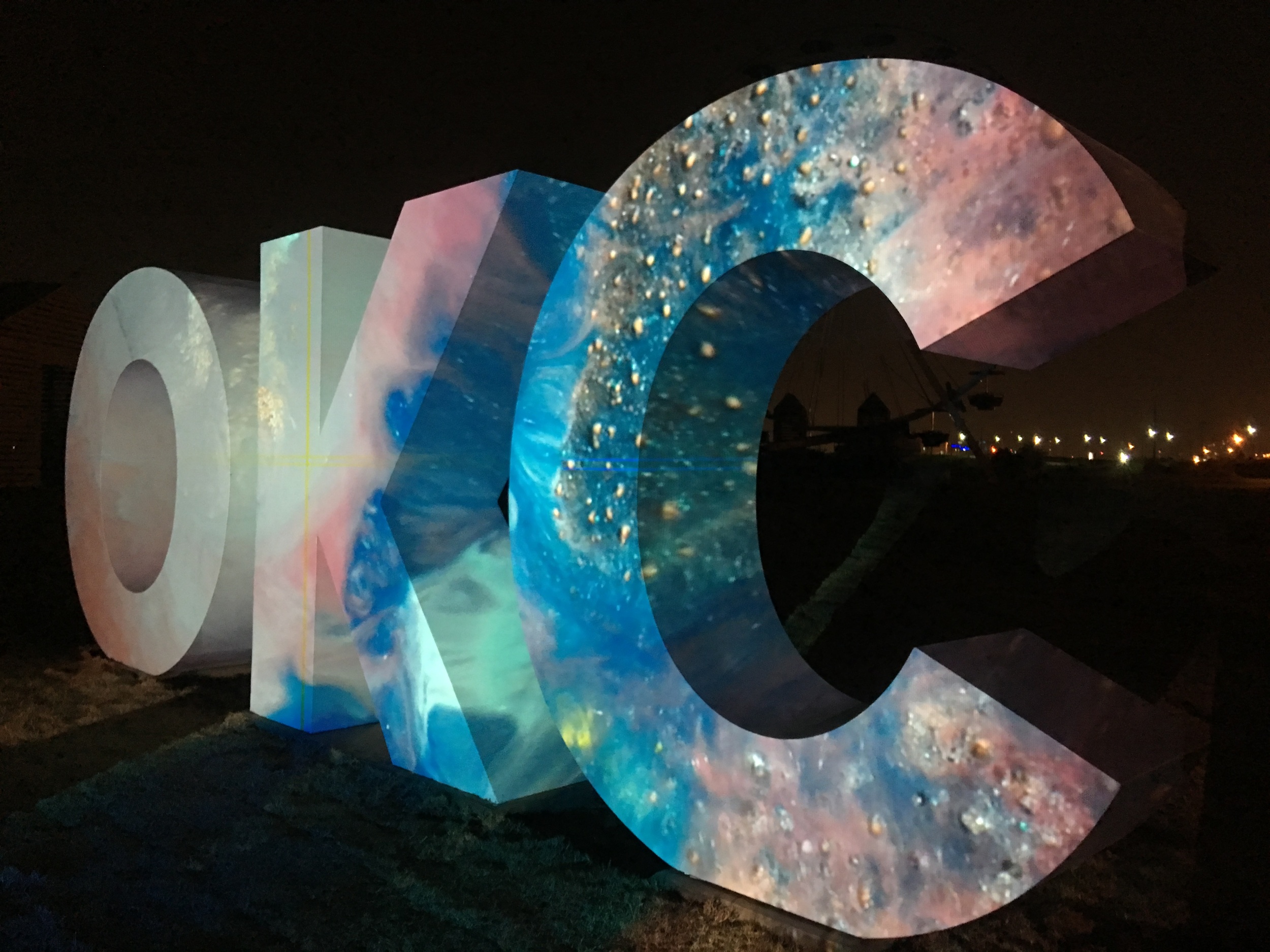
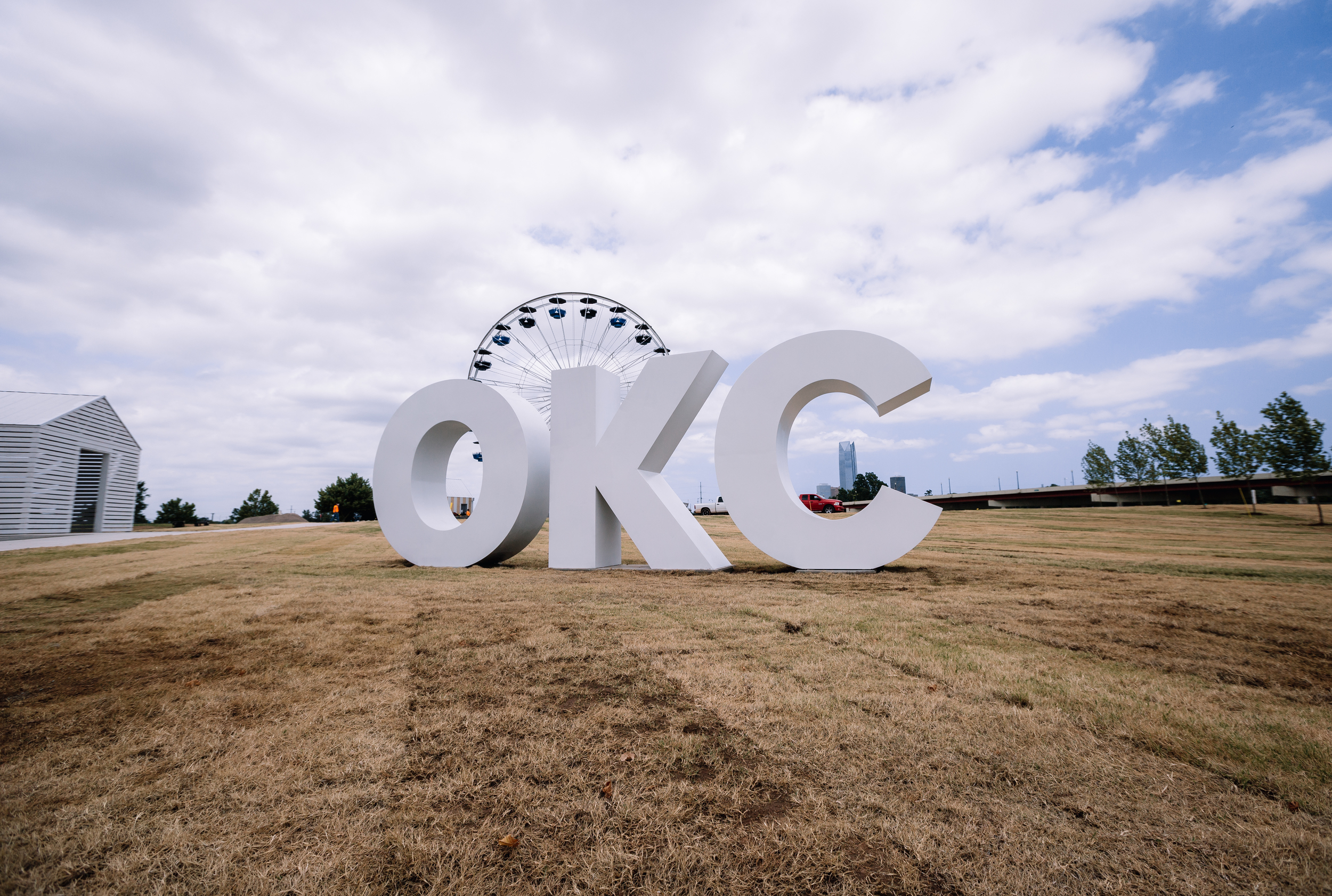
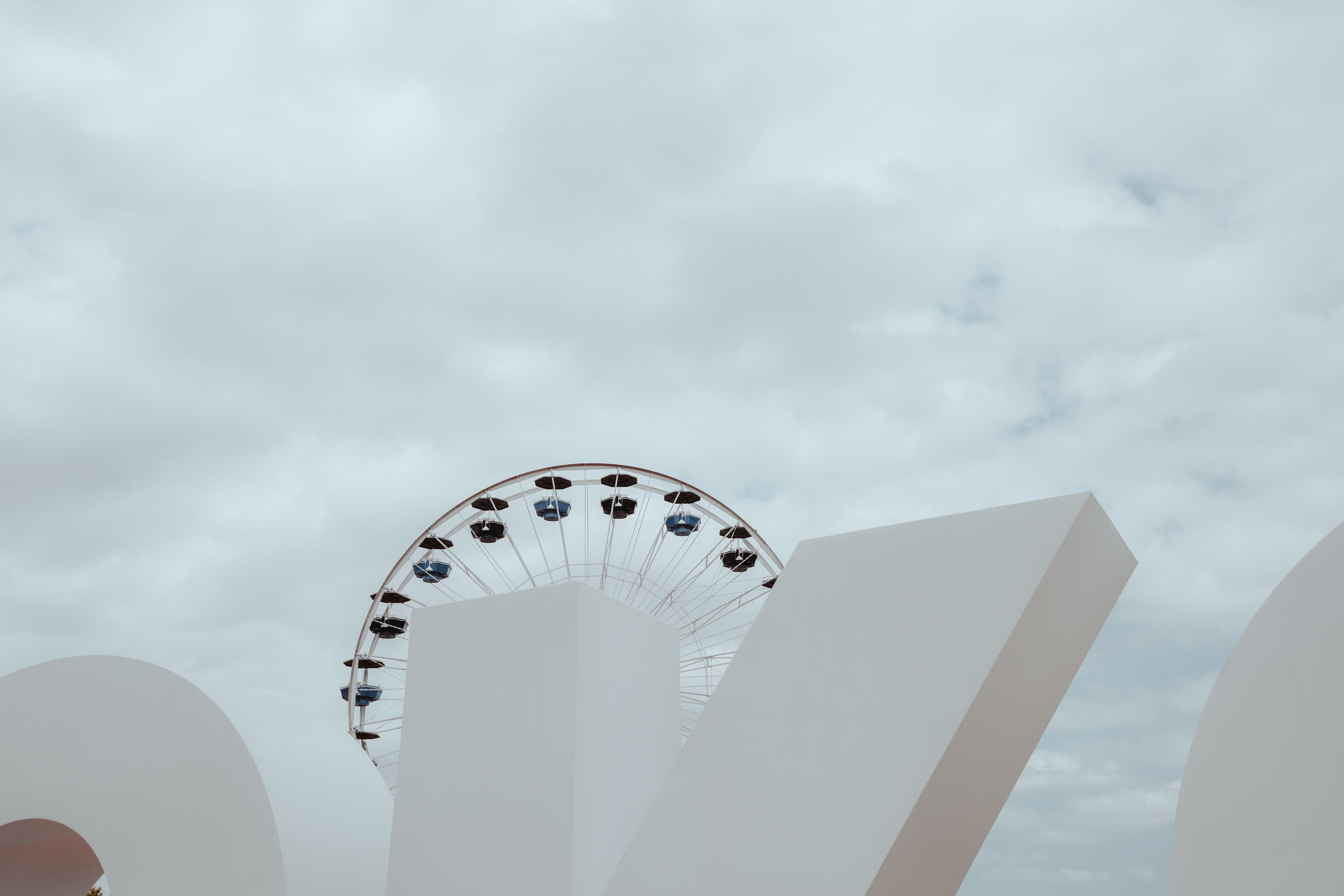









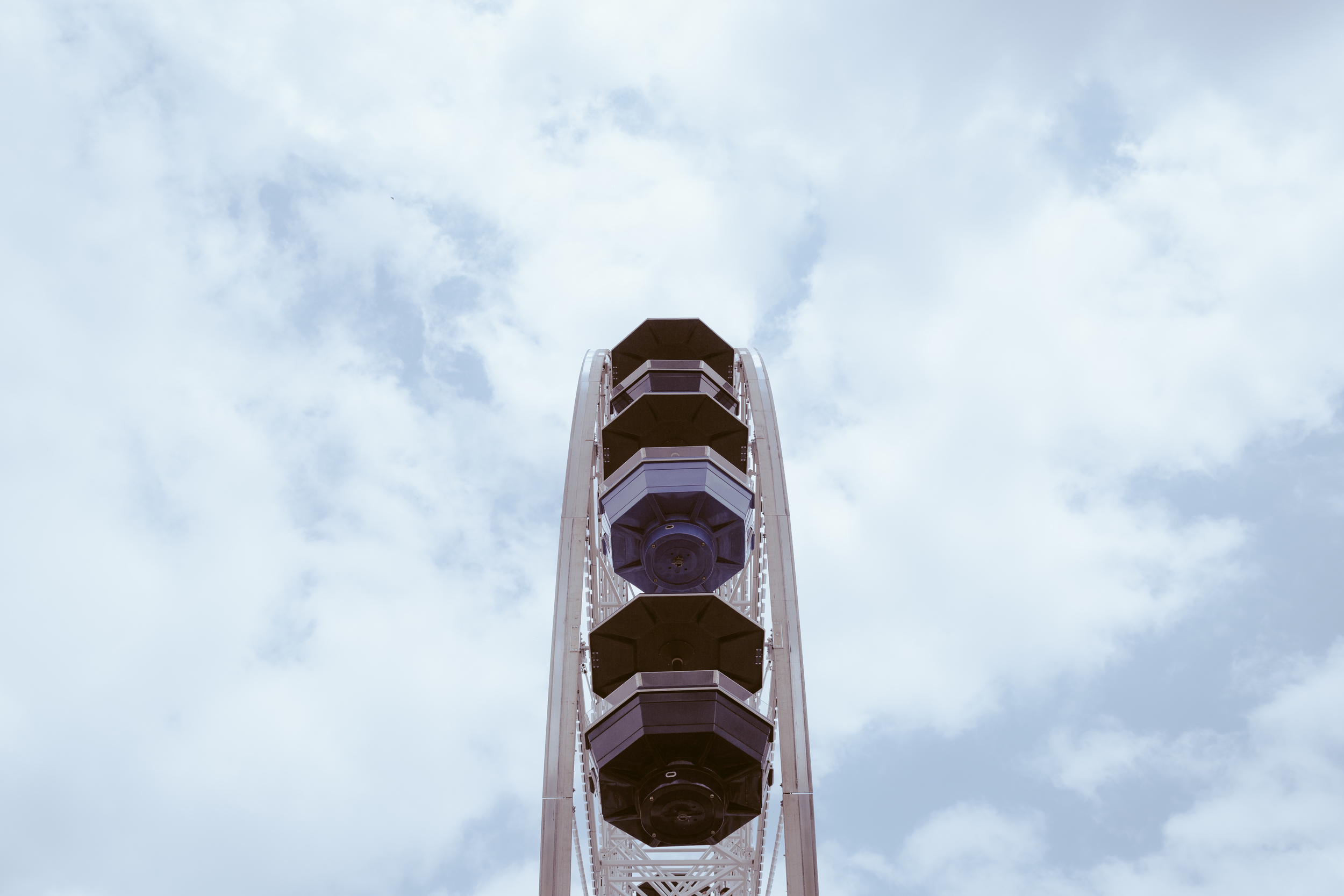
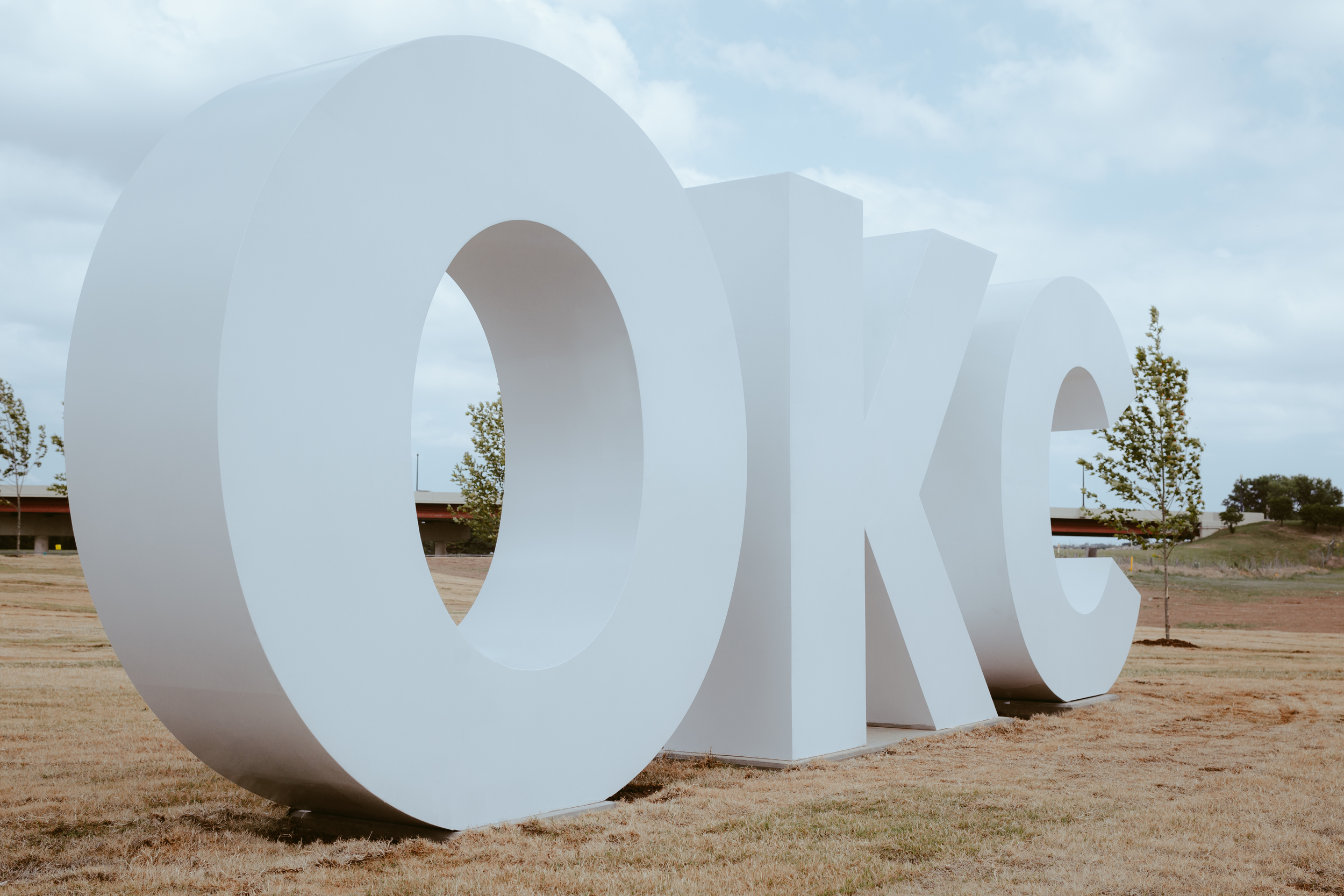
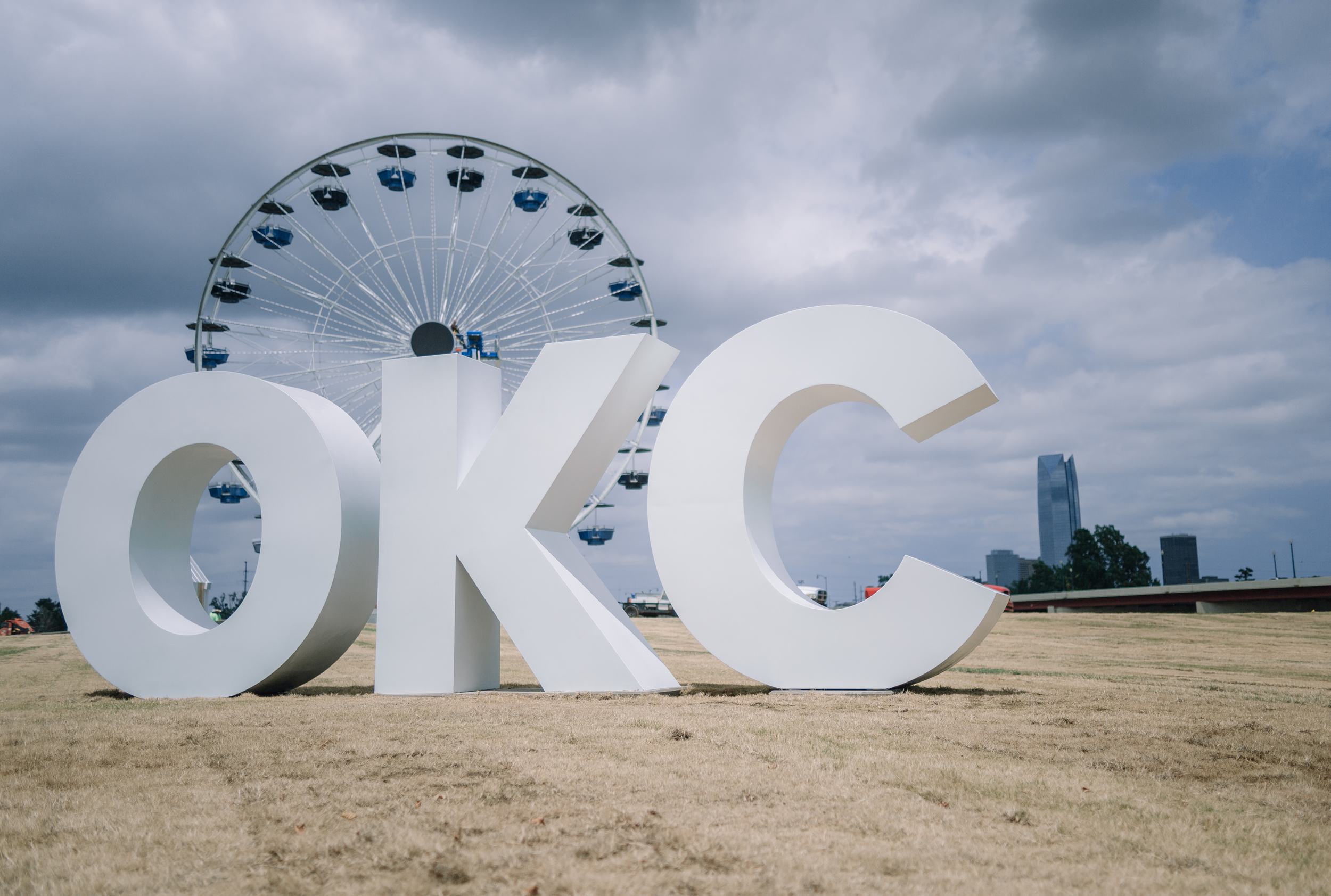
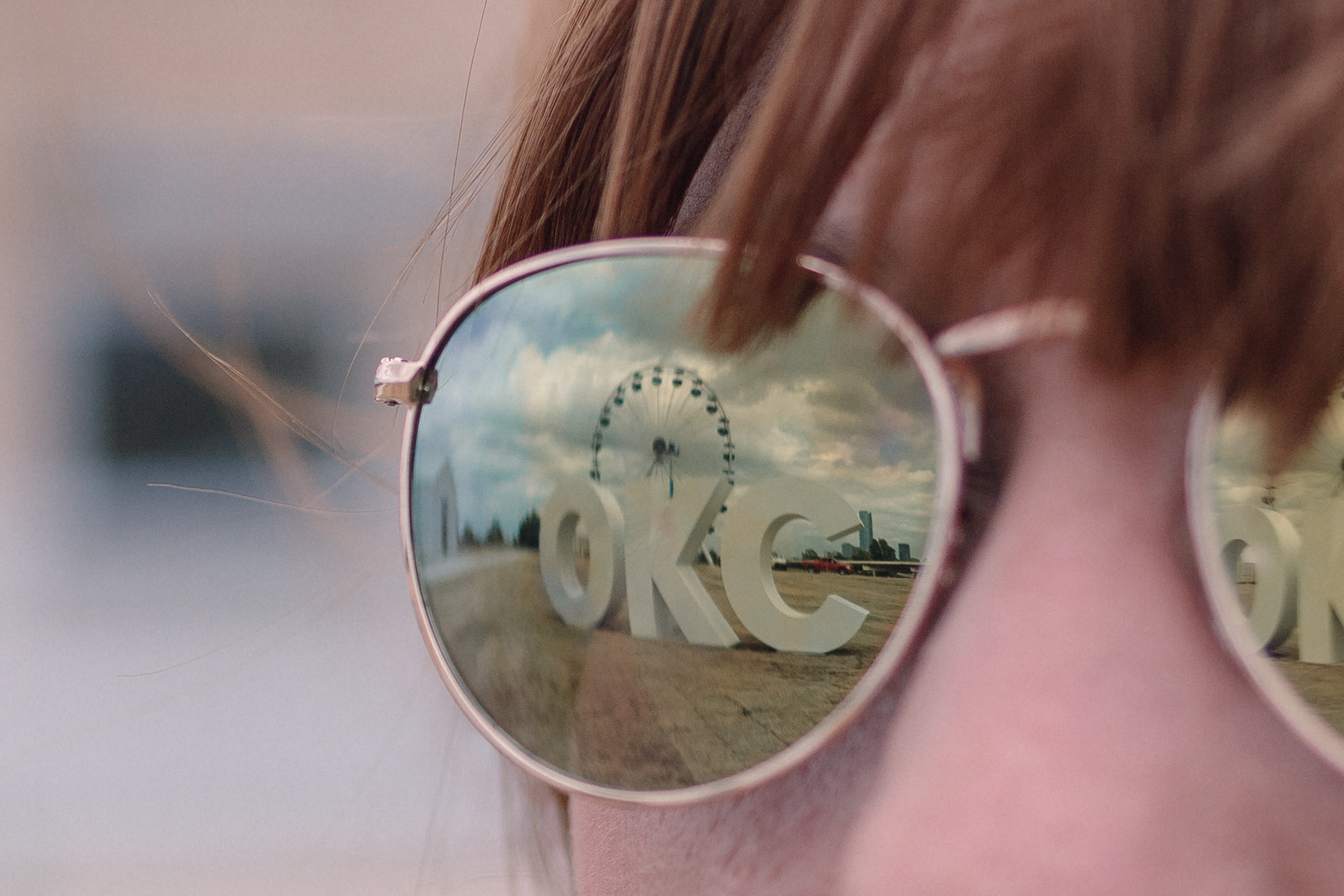

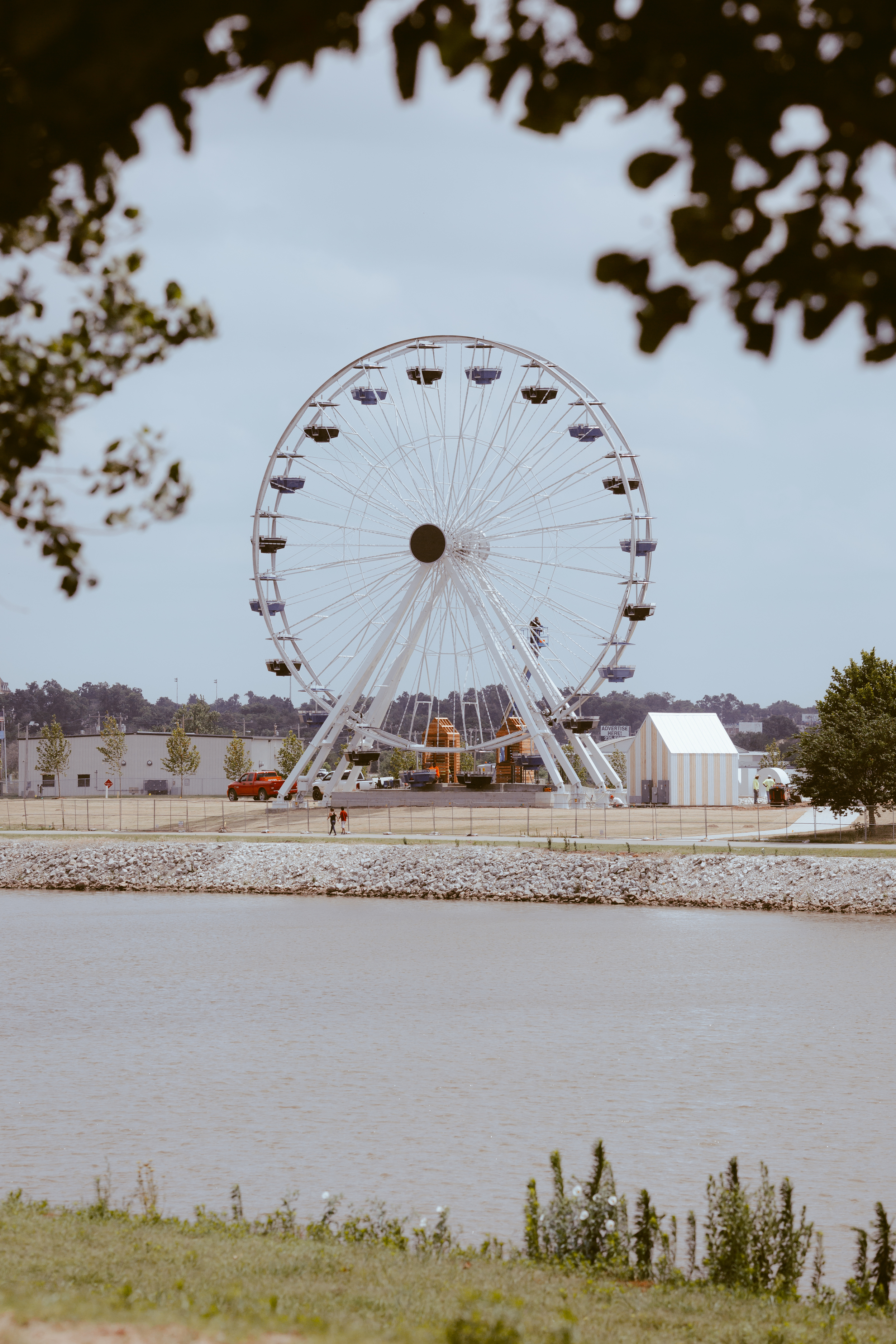




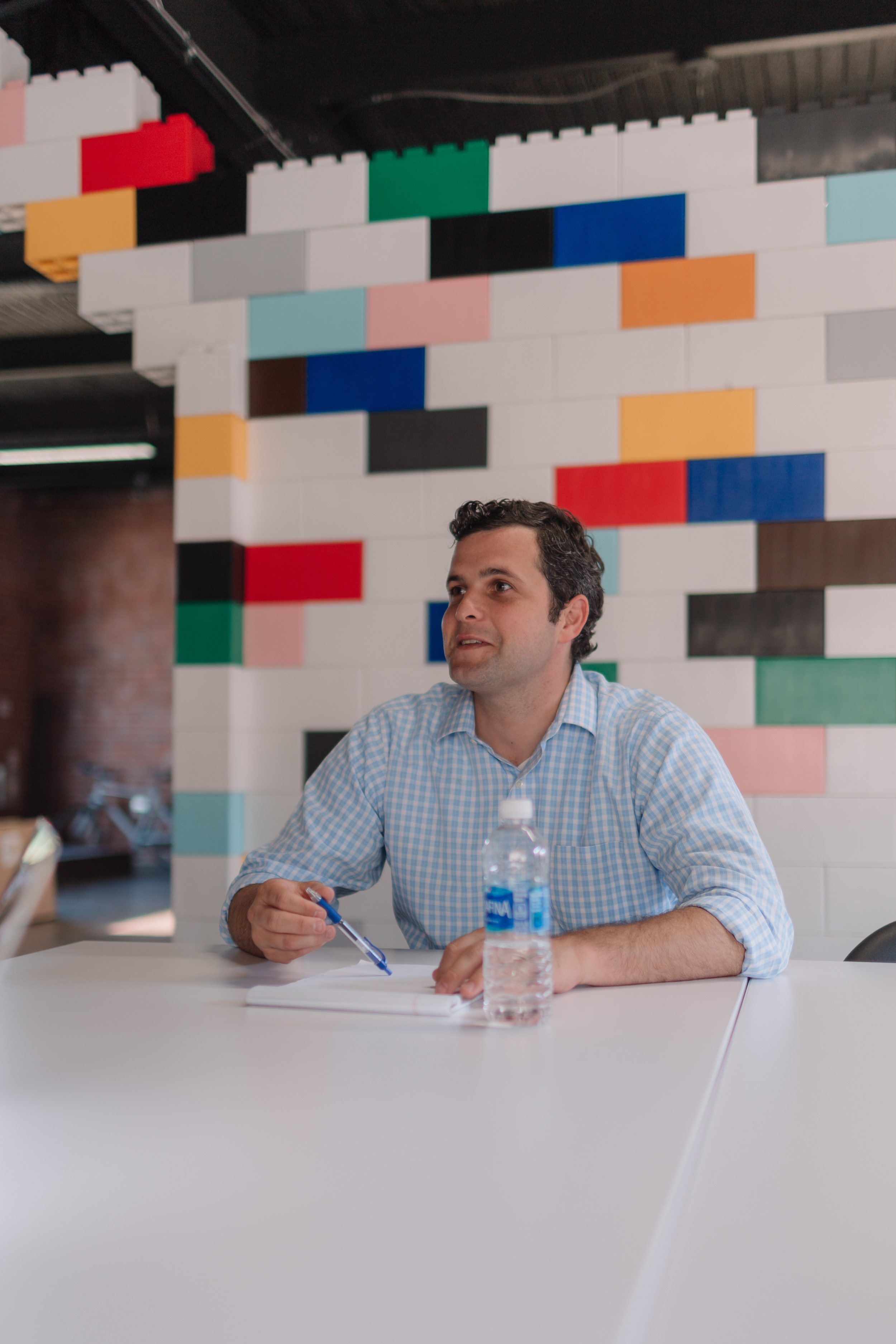

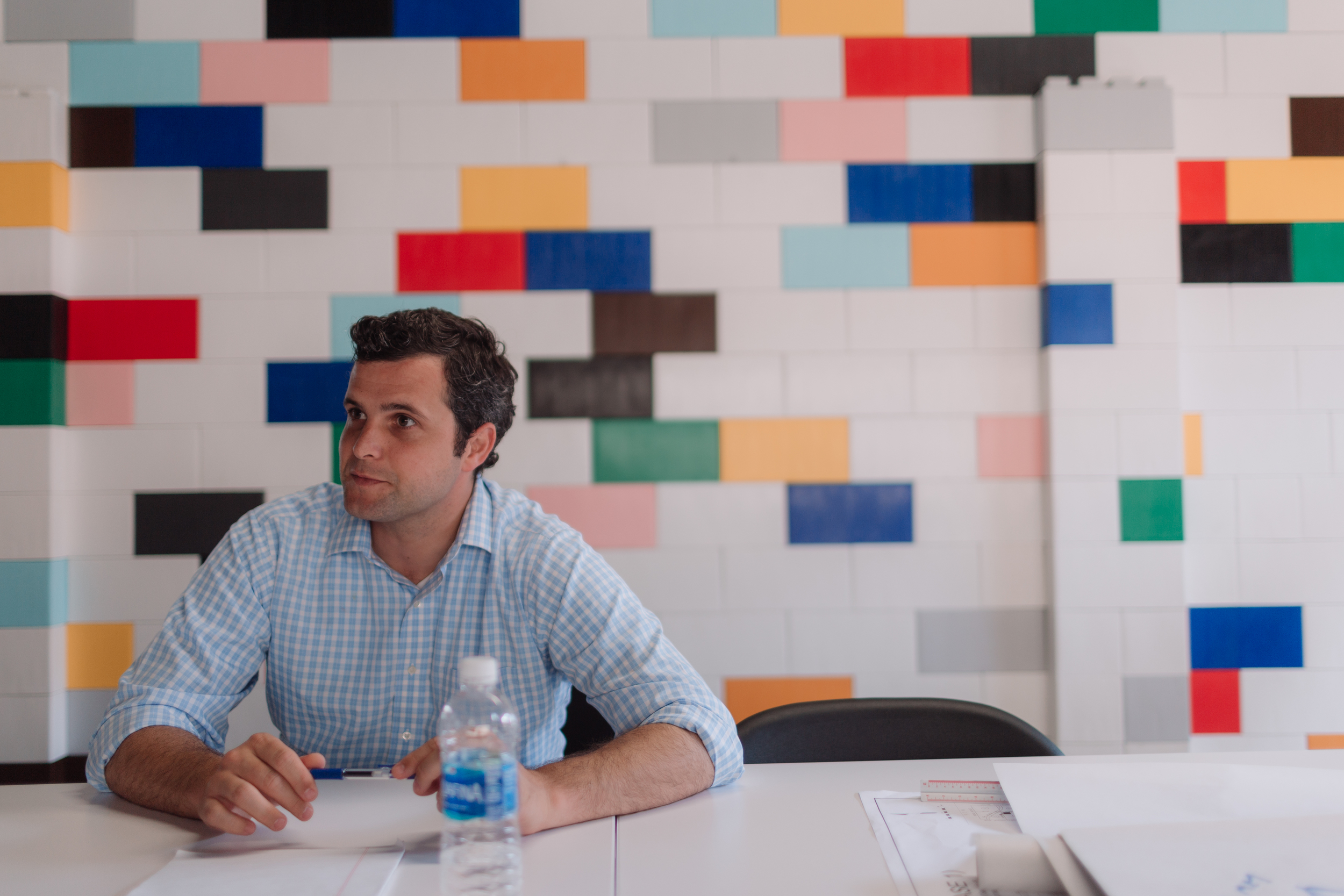
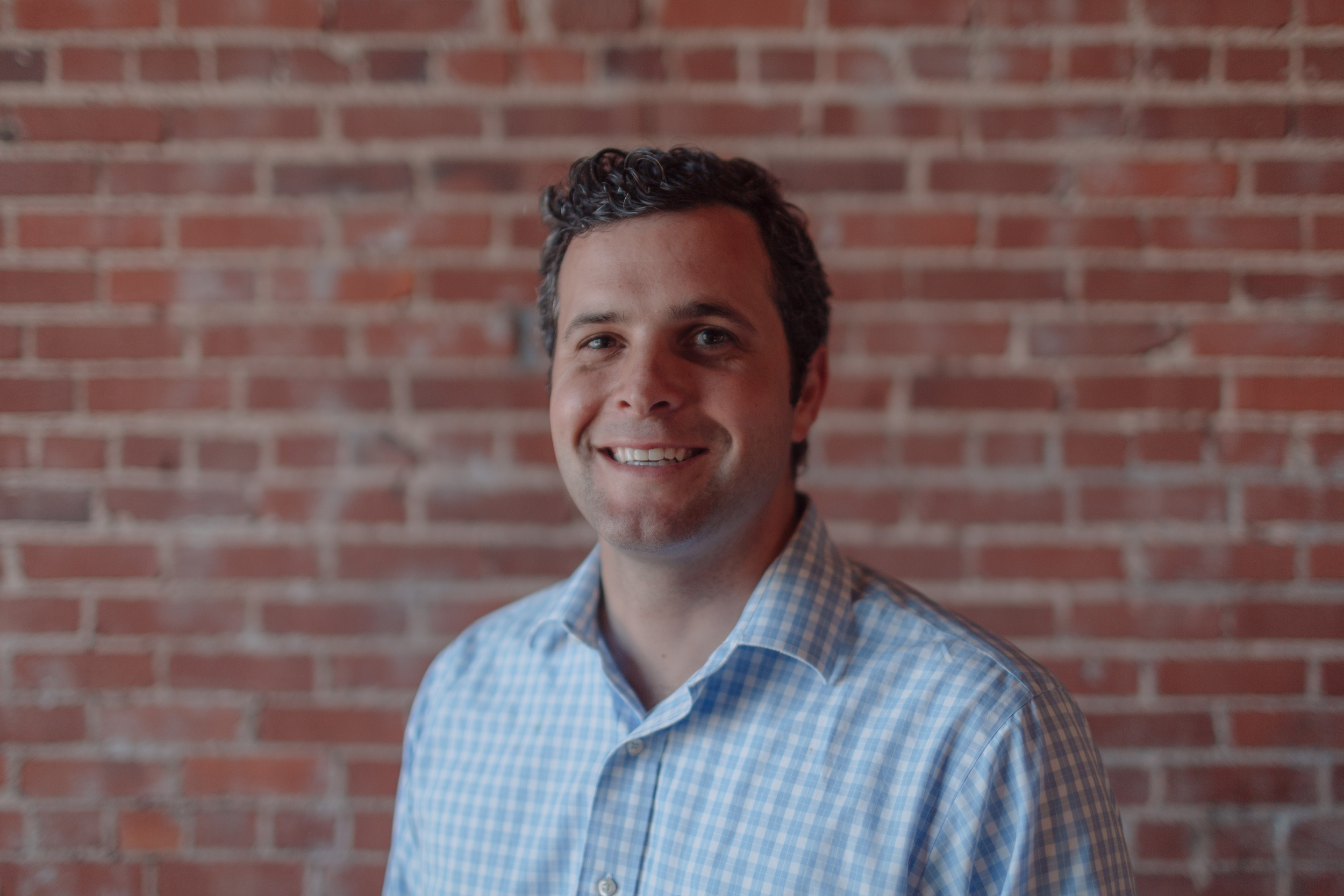
Culture Like No Other
When asked his opinion on Oklahoma City, Humphreys laughed and said, “it’s where I’m from, and I don’t know any different.”
He continued, highlighting Oklahoma City’s unique energy.
“I love it here. I’ve always loved it here, and I plan to continue loving it here. It’s an exciting time in Oklahoma City. Over the last two decades, but really over the last five years, there seems to be such culture creation, so much creativity. I think you’re really beginning to feel the millennial’s impact on the city.”
That culture creation can be seen in downtown Oklahoma City and other offshoot communities like Mesta Park, the Plaza District and the Paseo Arts District. It’s within those districts that millennials make their way, embodying Oklahoma’s pioneering spirit as they work, live and create.
“There’s a new energy where I think, with that, comes confidence that didn’t come previously,” he said. “This sense that people aren’t just talking about what would be or could be cool, but they’re actually going out and doing it.”
It is with that same sort of energy that Wheeler’s multifaceted vision finds a purpose. At the time of writing, Wheeler’s Ferris wheel—the one that once resided at the Santa Monica Pier—was one week away from its soft opening. Humphreys noted they expected to break ground fall 2016 on the first phase of the project and they planned homes to be for sale in the later part of 2017. Another unique aspect of the district is its focus on physical fitness. Bike and pedestrian friendly walkways will connect the district to downtown and sights like the Wheeler Ferris wheel will encourage community-driven engagement.
When asked about the best case scenario for the district, Humphreys noted several goals. He said he hoped that Wheeler would become one part of Oklahoma City’s larger story, that it would be an outlet for an active lifestyle, that it would be a haven for people who wanted to live and engage with downtown and that it would be a place where a family could thrive and pedestrian and bicycle friendliness were encouraged.
“Ultimately I would measure success just to say that we hope Wheeler becomes a place that people love,” said Humphreys.
With the diligence and dedication surrounding the budding district, it seems it has every chance to thrive. In its essence, Wheeler is a lofty, community-oriented project with a little bit of risk and a whole lot of heart.
In other words, it’s the pioneer’s dream.

